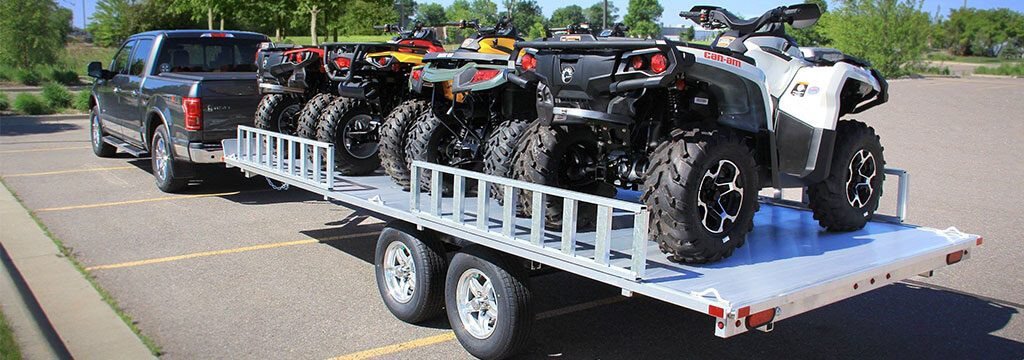Utility vehicles are the workhorses of many industries, tirelessly transporting goods, equipment, and materials. Like any valuable asset, they require regular maintenance to ensure longevity and reliability. This article focuses on practical tips for maintaining utility vehicles, particularly those used in hauling. These tips, including the use of steel ute trays, help protect your significant investment.
Regular Inspections
The first and foremost step in maintaining a ute is conducting regular inspections. This will help you find potential issues before they escalate into costly repairs. As such, look for signs of wear and tear, especially in high-stress areas like the engine, brakes, and tires. Paying attention to small details can prevent big problems down the road.
Engine Care
The engine is the heart of any automobile, and keeping it in top condition is crucial. As such, regular oil changes, air filter replacements, and coolant checks are not just recommended; they are essential. A well-maintained engine is more efficient, saving money on fuel and reducing the risk of breakdowns.
Tire Maintenance
Tires bear the brunt of the load, especially in trucks used for hauling. Regular checks for proper inflation, tread wear, and alignment are necessary. Incorrect tire pressure will lead to increased fuel consumption and reduced tire life. In contrast, well-maintained tires improve safety and performance.
Brake System
The importance of a fully functional brake system cannot be overstated, particularly in utes carrying heavy loads. Regular checks of brake pads, discs, and fluid can make a huge difference in safety.
Steel Ute Trays for Longevity
When it comes to hauling, the choice of tray or bed is vital. Steel ute trays are a popular option, known for their durability and strength. However, they require care to maintain their condition. Regular cleaning to remove dirt and debris, along with checks for rust and damage, can extend the life of these trays, ensuring they continue to provide reliable service.
Electrical System
The electrical system, encompassing everything from the battery to the lights and indicators, is the nerve centre of the vehicle. Regular checks to ensure all electrical components are functioning correctly are essential. This includes checking the battery’s health and ensuring all lights are bright and responsive.
Fluid Levels
Fluids are the lifeblood of any vehicle. Regularly checking and topping up fluids like engine oil, brake fluid, transmission fluid, and coolant is a vital part of maintenance. These fluids lubricate, cool, and clean various components, playing a critical role in the vehicle’s smooth running.
Cleanliness
Keeping the vehicle clean is more than just a matter of pride; it’s about longevity. Regular washing, especially of the undercarriage, can prevent rust and corrosion, particularly in vehicles exposed to harsh conditions or those carrying abrasive materials.
Record Keeping
Finally, good record-keeping is as important as the physical maintenance of the vehicle. Keeping track of all services, repairs, and replacements provides a valuable history. This record can be a helpful reference for future maintenance and increases the vehicle’s resale value.
Conclusion
Maintaining utility vehicles used in hauling is about paying attention to details, from engine care and tire maintenance to the condition of steel ute trays and electrical systems. Regular inspections, proper care of components, and diligent record-keeping are key to ensuring these vehicles continue to perform at their best. A well-maintained ute is not just a reliable work partner; it’s a testament to the commitment to quality and efficiency in any operation. Protecting your investment in a utility vehicle is about more than just saving money on repairs; it’s about ensuring the safety and productivity of your work every day.
